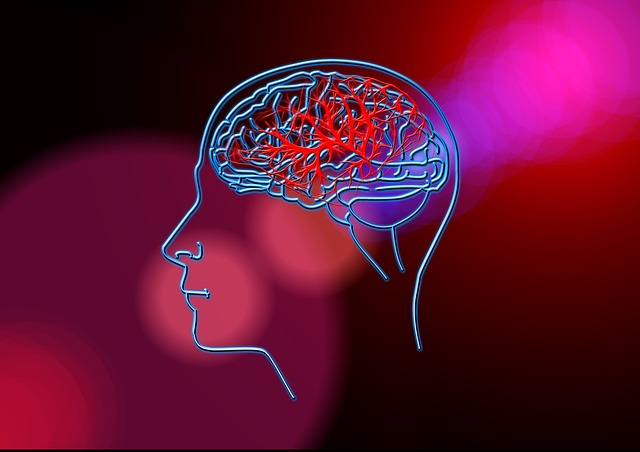
How do humans understand spoken language so quickly? There are a number of mechanisms that help to develop an awareness of how words are strung together and presented holistically, such that the listener's brain is able to set up a complex set of procedures that can pick up the meanings quickly.
Researchers at the University of Cambridge have undertaken specific experiments and come to conclusions that were recently published in the Proceedings of the National Academy of Sciences. They developed new ways in which computational models of the meanings of words could be developed and tested against real-time activities in people.
"Our ability to put words into context, depending on the other words around them, is an immediate process and it's thanks to the best computer we've ever known: the brain in our head," said Lorraine Tyler, Director of the Centre for Speech, Language and the Brain at the University of Cambridge. This is a process that has not been adapted for computers so far, as it is not been understood completely.
In spoken language, it is important to examine the processes that are involved in the 'semantic composition'. This is a procedure that involves putting together words in a sentence just as they are picked up by the ear. Stringing together words makes sense in the context of previous combinations. Through this novel research, scientists have understood the diverse processes taking place in the brain that make them possible.
Researchers said, "the elderly man ate the apple." They monitored the responses in the brains of the volunteers. They could also track how the patterns of information are processed between the sensitive and important language regions.
The very word 'eat' immediately activates certain parts of the brain that get primed to react and respond to following words that are expected to flow. Researchers observed that as the word is related to food, it impacts the meaning of the next word in the sentence. It also showed the neural processes that underlay the linguistic mechanisms. Hence, the human skill to string certain words together into various expressions, making sense in a certain combination every millisecond, indicates the grand orchestra of processes and procedures leading to understanding.
"The way our brain enables us to understand what someone is saying, as they're saying it, is remarkable," said Professor Tyler. "By looking at the real-time flow of information in the brain we've shown how word meanings are being rapidly interpreted and put into context."
The article was published in the Proceedings of the National Academy of Sciences.









